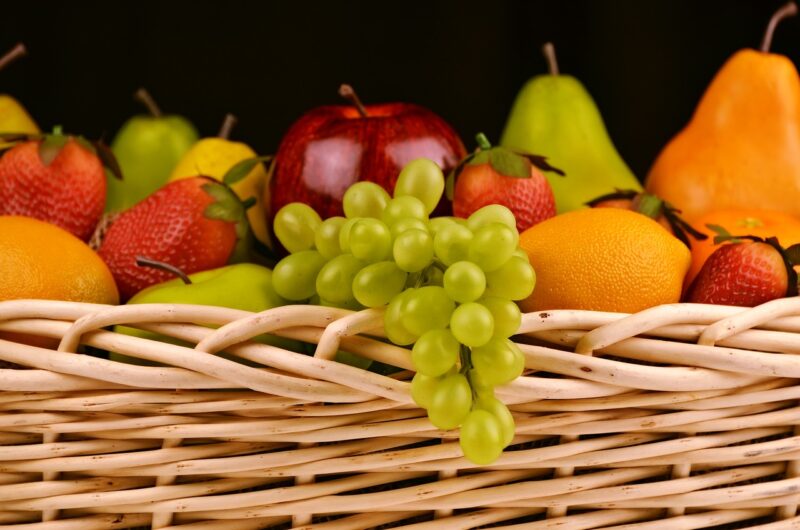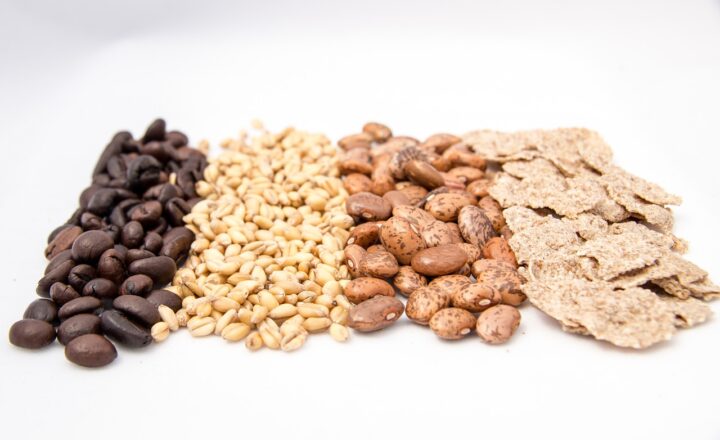How Moldy, Fermented Foods Became Trendy in High-End Cuisine
November 13, 2024

In recent years, there has been a noticeable shift in high-end culinary circles towards moldy and fermented foods. What was once relegated to the realm of rustic home cooking has now taken center stage in gourmet kitchens around the world. So how did these overlooked ingredients become stars in haute cuisine? In this article, we will explore the origins, benefits, and trends surrounding moldy and fermented foods and how they transformed into culinary phenomena.
1. A Brief History of Fermentation
Fermentation is an ancient preservation technique that dates back thousands of years. The process harnesses the power of microorganisms—such as yeasts and bacteria—to transform food and beverages, creating new flavors and extending shelf life. Historical records indicate that fermentation was used in Egypt for bread-making and in China for brewing alcohol, well before modern technology.
Fermented foods were essential for survival in many cultures, providing not just sustenance, but also vital nutrients and probiotics beneficial for gut health. With the modern culinary revival, chefs are looking back to these ancient techniques to inspire new ideas and innovative dishes.
2. The Rise of Moldy Ingredients
In the gourmet spectrum, moldy ingredients often receive a bad reputation, yet some of the most prestigious chefs are embracing them. Think of blue cheese, miso, and even certain types of cured meats like salami—all rely on specific molds for their distinctive flavors. The nuances they bring to dishes can elevate a recipe from ordinary to extraordinary.
Recently, chefs have begun to share the spotlight with lesser-known moldy foods like koji mold, which has become popular for its ability to transform umami flavors. Koji is used to make soy sauce, sake, and miso. With its growing popularity, innovative cooks are integrating it into new dishes, enhancing components like broths and marinades, and creating unique flavor profiles that thrill diners.
3. Health Benefits of Fermented Foods
Not only do moldy and fermented foods enhance flavor in high-end dishes, but they also come packed with health benefits. Fermentation boosts levels of probiotics, which are known to support gut health, improve digestion, and enhance nutrient absorption. Moreover, studies have shown that consuming a diet rich in fermented foods can contribute to overall well-being and robustness of the immune system.
Here are some more benefits of incorporating these foods into your diet:
– Nutrient Density: Fermented foods can increase the bioavailability of nutrients, making them easier for your body to absorb.
– Flavor Development: The fermentation process creates deep, complex flavors that can significantly elevate a dish’s profile.
– Culinary Versatility: Used in both savory and sweet dishes, these ingredients can be it’s versatility that makes them appealing to chefs.
4. The Trend of Fermented Cocktails
Even beverages are getting in on the trend with fermented cocktails making a splash in upscale bars. Bartenders are exploring the vibrant flavors of kombucha, shrubs (a form of vinegar infusion), and fermented fruit juices, which result in unique mixes that are both exciting and flavorful. These drinks have become increasingly popular among health-conscious consumers, identifying a multifaceted approach to drinking responsibly.
#
Examples of Fermented Cocktails:
– Kombucha Mules: A twist on the classic Moscow mule, substituting ginger beer for kombucha, adds a funky flair.
– Shrub Cocktails: These vinegar-based syrups can create tart and refreshing summer sips.
5. The Role of Sourcing and Ethics
In high-end cuisine, there is also a strong focus on where ingredients come from. The demand for sustainably sourced moldy and fermented foods has increased. Chefs are seeking to collaborate with local makers and farmers who practice sustainable methods. This focus not only ensures quality and flavor but creates a deeper connection to the food being served.
Chefs emphasize choosing organic sources, knowing that the quality of the initial ingredients impacts the end product—particularly when it comes to moldy foods, which thrive on quality substrates.
6. DIY Fermentation in the Culinary World
With the raise of sourdough bread and kimchi in home kitchens, many culinary artisans are engaging with fermentation on a personal level. Classes and workshops about fermentation methods are becoming increasingly popular, inspiring home cooks to embrace the process of making their own fermented foods at home. This resurgence of home fermentation is further fueling a culture of artisan food production, and this passion for craft further solidifies the trend in high-end cuisine.
7. Embracing the Future of Moldy Foods
As modern chefs continue to expand their palettes and redefine culinary boundaries, moldy and fermented foods will undoubtedly remain at the forefront. The culinary landscape is seeing chefs not only embrace old techniques but innovate new applications for these ingredients. They are transcending the traditional boundaries of what moldy and fermented can be, paving the way for a more exciting and diverse dining experience.
Ultimately, the journey of moldy and fermented foods from the margins of the pantry to the Michelin star plate represents an astounding evolution in the culinary world. This trend embodies the pursuit of authenticity, health benefits, and a profound respect for ancient traditions.
As diners, we can look forward to a future filled with bold flavors, exotic pairings, and a renewed appreciation for the craft behind fermentation and aging processes that have stood the test of time.







